Towards a competitive oil market
Price ceiling may be determined by OGRA more frequently, like weekly or even daily
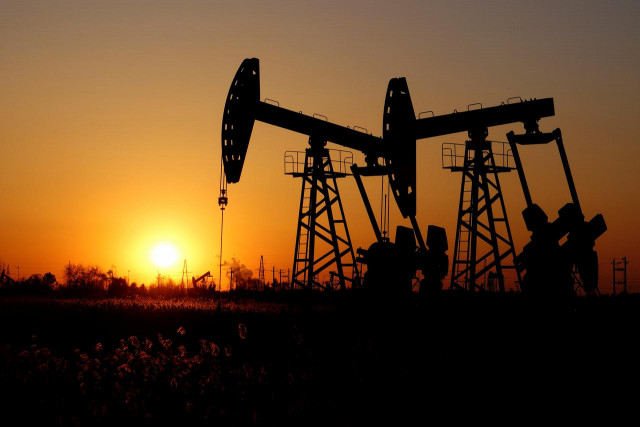
The fresh revision in petroleum product prices has created quite a stir. An increase of 34% in one go is unbearable for the people in these hard economic times commingled with coronavirus.
Admittedly, the price hike was due to a 51% increase in international oil prices. The government could have played with taxes, as is usually the case, and petroleum levy could have been brought down from Rs30 to Rs20 and thus, the increase could have been limited.
Reportedly, the government is now considering precisely this and it is possible that by the time readers read these lines, tax and price reduction would have already been made.
There is another issue that is still on the agenda – investigating the oil marketing companies’ (OMCs) conduct last month, when they allegedly resorted to hoarding and created an artificial short supply situation.
OMCs blame the DG oil for stopping oil imports and even local production which, according to the companies, led to the short supply. The counter-argument is that the OMCs did not maintain the required level of storage, which could have averted the short supply, if any.
To be fair, the arguments appear to be on both the sides. Corona lockdown and smart lockdown did create confusion and unpredictability, which may have contributed to the incorrect demand estimates. One can be wiser in the hindsight.
This indicates the need for reducing government controls and let the market work on its own dynamism, although it may look rather odd in the background of market manipulation by the sugar, flour and other sectors.
The Oil Companies Advisory Committee (OCAC) was created to ensure more consultation and participation of the stakeholders in decision-making, especially in prices and demand-supply management.
Margins
Currently, the system works on the cost-plus model based on the Oil and Gas Regulatory Authority’s (Ogra) determinations.
Ogra calculates the 30-day average of international prices (and the premium covering import costs) of petroleum products, adds the protective customs duty, where applicable (currently it is 7.5% on diesel and nothing on gasoline), and adds the local distribution cost components like the inland freight equalisation margin (IFEM), OMCs and dealers’ margin.
These local cost components are around Rs10 only. OMCs’ margin is below Rs3 per litre and it is not a very big amount, admittedly, in absolute or comparative terms.
There is a colonial-type image of OMCs consisting of Mafiosi that is involved in unfair market manipulation. The fact is that there is a very low margin based on which OMCs work and that the margin is determined by Ogra.
The market share of OMCs is small, except for Pakistan State Oil (PSO). Being a government company, PSO has a large market share of 50% and the rest is shared by 9-10 OMCs - not perhaps having market share exceeding 10%.
PSO has been taking consumer-friendly steps and has been suffering losses not on account of oil prices but also in terms of receivables from government-owned customers. PSO usually suffers from the cash flow crisis due to non-payments.
Import prices
The second most important cost item is the import cost of crude oil and finished products like gasoline and diesel. Local oil refineries cater to some 30% of the demand for finished products while the rest is met through imports.
OMCs import finished products and refineries import crude oil. There are long-term import contracts such as with Kuwait Petroleum for diesel and some credit arrangements with Saudi Arabia, which are managed through PSO.
As mentioned earlier, import costs are determined by Ogra based on the benchmark prices published by Platts, a credible price-publishing company. Thus apparently, there is not much leeway, everything is almost fixed and there does not appear to be much role of efficiency.
The only competitive element is the market share – the more the sales, the more the profits, even if the gross margin remains the same. Thus, there is no incentive for efficiency or quality – just sell more.
OMCs can procure oil more efficiently at lower prices and with better quality. They may still be doing it.
Under a competitive regime, such gains may be recycled in the local market in an effort to have a bigger market share and net earnings. Admittedly, there are global accounting and pricing policies, yet there is a role of local cost centres.
However, it may be risky to give carte blanche. There is always the risk of collusion. There are more than 50 sugar companies and only a few OMCs. There could be a price ceiling, allowing lower costs and prices.
The price ceiling may continue to be determined by Ogra, and it may be done more frequently, like weekly or even daily.
The clubbing of IFEM, OMCs and dealers’ margin may be done and flexibility may be given. There could be a ceiling on this as well. This may promote distribution efficiency and may or may not result in unequal prices in various regions. However, the difference may remain very small.
Unequal prices with a large margin in India are more due to varying tax rates in Indian states. All of this would automate the pricing system and would reduce the inventory effect, due to which OMCs and dealers have incentives to hoard.
Petroleum levy can be in percentage terms or even otherwise, and can be announced more frequently, say, weekly in coordination with Ogra’s input. General sales tax (GST) is fixed in percentage terms at 17.5% and in extraordinary circumstances may be changed as well, as has happened in the recent past.
Filling stations
While OMCs are only few in number, petrol pumps are many. Most petrol pumps are owned or tied to the individual OMCs.
There are some 8,000 registered petrol pumps in Pakistan while there are 1,500-2,000 pumps that operate illegally without Ogra’s licence. Nevertheless, these pumps are catering to market needs.
In most market economies, there are independent petrol pumps, which are not tied to any particular OMC and are owned by individual owners or companies. These are called DODO (dealer-owned, dealer-operated).
DODOs may operate independently or may associate with the OMCs and change their affiliations from one OMC to another. DODOs can be a very good competition booster.
Hundreds of pumps in a region may be competing in terms of price and quality. The illegal petrol pumps may be converted to the DODO system through a proper regulatory process.
Regulatory control
The oil market of Pakistan is large in the context of a rather small economy - 25 million tons per year involving imports of $12-20 billion, depending on the international price variations. And the market is growing.
It would be difficult to continue to manage this market through government fiat. Some market mechanism will have to be brought in. Introducing market flexibility does not mean that regulatory requirements for quality, safety, supply security and storage would not be there.
In market economies, such regulatory controls are usually tougher, as less effort goes into market management, leaving time and space to implement genuine controls.
The growing market size may not let continuation of the existing control regime and various inefficiencies and problems are bound to emerge. Also, the market mechanism may attract investment not only in marketing and distribution but in exploration as well, attracting vertically integrated companies. If this can be done without compromising consumer interest, then why not?
The writer is former member energy of the Planning Commission
Published in The Express Tribune, July 6th, 2020.
Like Business on Facebook, follow @TribuneBiz on Twitter to stay informed and join in the conversation.


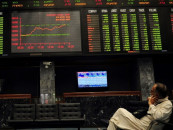
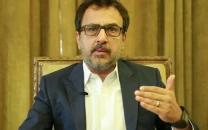
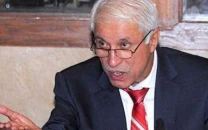
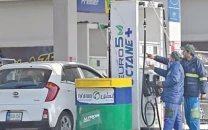












COMMENTS
Comments are moderated and generally will be posted if they are on-topic and not abusive.
For more information, please see our Comments FAQ